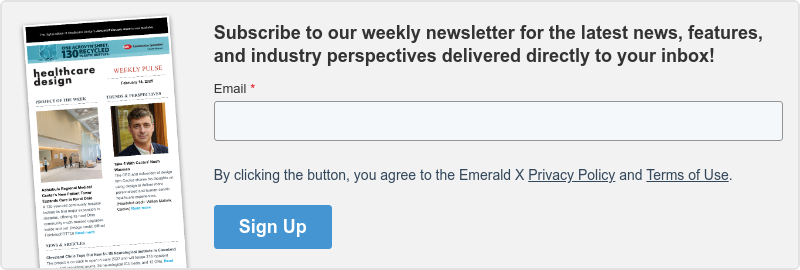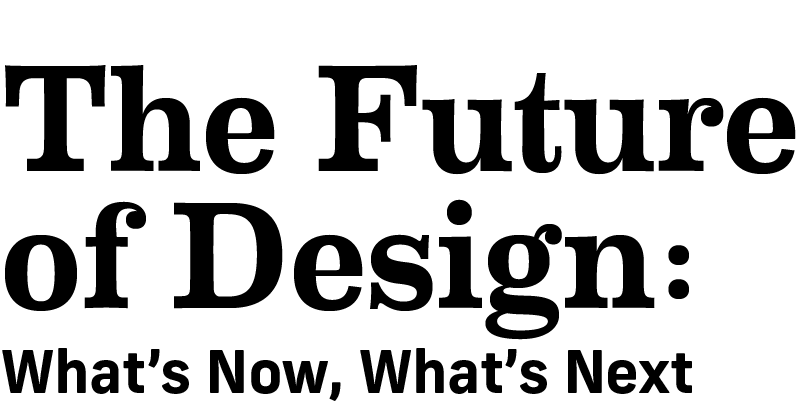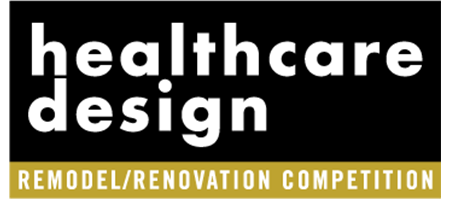As part of Healthcare Design magazine’s 25th anniversary, we invited industry leaders to reflect on some of the key milestones that have shaped modern healthcare facilities. Here, Michael Grage, principal, GBBN (Minneapolis) discusses the technology timeline That changed healthcare design.

(Headshot credit: Courtesy of GBBN Architects Inc.)
This year marks the 25th anniversary of the debut of Revit 1.0, the parametric, three-dimensional modeling platform that has become the industry standard for healthcare construction documentation—marking a significant moment in digital design technology
Healthcare architecture is arguably one of the most information-intensive design disciplines. Each project must capture the needs of complex user groups, comply with stringent codes, and coordinate highly technical building systems—all while remaining functional, flexible, and compassionate. Because of these demands, this discipline benefits from technologies that help manage and streamline information flow.
Revit, through its use of Building Information Modeling (BIM), represented a leap forward by embedding critical data directly into the digital model itself. Suddenly, walls weren’t just lines; they were complex assemblies containing metadata about their internal components, fire ratings, acoustic performance, and adjacency requirements among others.
Now, artificial intelligence (AI) is poised to offer another dramatic shift. Already assisting with tasks like image generation, meeting documentation, and content creation, AI promises to enhance the design and documentation process in similar ways that BIM once did—by automating the mundane and accelerating the iterative. If designers can offload repetitive tasks, they’re free to spend more time engaging directly with clients to improve patient care outcomes and manage costs more effectively.
Technology timeline that changed healthcare design
The past 25 years have seen a cascade of technological breakthroughs transforming the way professionals design—and particularly how they design for healthcare environments. A timeline of the most impactful developments includes:
- The Rise of BIM. No other tool has so thoroughly changed the documentation process. BIM embedded information in geometry, allowing for better coordination, visualization, and data extraction.
- Web 2.0 and cloud collaboration. Cloud storage and collaboration tools allowed design teams to work together in real-time, regardless of geography. This was especially helpful for projects requiring broad stakeholder input.
- Touch-screen technology. Designers could now sketch, annotate, and model directly on tablets. This made design work more mobile and more tactile again.
- Gaming engines in rendering. Software tools incorporated 3D rendering software engines to create fully immersive, navigable environments in real time. This enabled clients to “walk through” simplified versions of their future facilities on-screen during the design phases of their project, allowing them to visualize how their workflows will be impacted prior to construction.
- Portable real-time rendering. Advances in graphics processing units brought high-fidelity, real-time rendering to laptop computers, allowing design presentations to be more portable, realistic and immediate.
- Virtual reality (VR). VR headsets offered fully immersive design experiences—particularly valuable in healthcare for understanding spatial relationships in surgical suites or patient rooms.
- Cellular connectivity. Remote site work and mobile collaboration became feasible as bandwidth improved, making it easier to stay connected on the go.
- Bluetooth-connected accessories. Wireless headsets, keyboards, track-pads, and mice streamlined how we work and VR systems became untethered.
- Augmented reality (AR). The blending of digital overlays onto real-world views helped teams visualize their new space at full scale as well as the new infrastructure behind walls. This allowed everyone to have a much clearer understanding of the project during the design phase, saving time and drastically reducing the number of required post-construction changes.
- Artificial intelligence. AI is the current frontier. From summarizing meetings to generating specifications to assisting in the organization and generation of construction documents, it’s rapidly becoming integrated into daily workflows.
Each advance brought one overarching benefit: faster, clearer communication. And in healthcare design—where regulatory compliance, user satisfaction, and construction cost all demand precision—this clarity is essential.
Promise and peril of AI in healthcare design
So how does AI compare to these past innovations? Like Revit or cloud collaboration tools, AI promises to save time and increase efficiency. Web-conferencing allows firms to host design meetings for projects virtually, freeing up travel time and broadening access for stakeholders. Similarly, AI tools can organize meetings, transcribe discussions, and produce detailed notes in moments.
Communication also has become faster. AI’s ability to synthesize large datasets and distill them into summaries means design teams can make quicker, more informed decisions—at least in theory.
However, AI also represents a new shift. Previous tools enhanced a person’s ability to communicate and iterate their own ideas. Today’s AI models are built from past data, which means their outputs are often inherently retrospective. This can place an upper limit on creativity and drastically limit innovation.
There’s also the issue of hallucination—when AI confidently generates plausible but incorrect information. This is particularly problematic in a field where safety and compliance are non-negotiable. The output of an AI drafting assistant, for instance, must be reviewed carefully by experienced professionals especially while the AI is being ‘trained’. It’s similar to the early Revit days when architects and designers had to learn how to work with the software and trust what it “helped” them with.
Still, the opportunities for rapid iteration are profound. By quickly testing multiple variables, such as furniture layouts, lighting conditions, and code compliance scenarios, AI can help design professionals arrive at better solutions, faster.
Future of AI in healthcare design
There’s no doubt AI is quickly becoming embedded into design and architecture workflows. As with previous technological revolutions, there’s a sense of urgency in the design community: adapt or be left behind.
But it’s important not to lose sight of healthcare’s unique complexity. This industry’s work isn’t just about form—it’s about organizing, communicating, and managing vast amounts of data. BIM has enabled designers to embed information into their models in ways that bring clarity to clients and contractors. AI can build on that foundation, offering tools to help organize information and automate repetitive tasks that drain their time and focus.
The benefit? More time with clients and end users and increased opportunities to test ideas in front of actual caregivers—nurses, technicians, physicians—whose voices are vital to creating spaces that truly support healing.
At the end of the day, no matter how advanced the tools, healthcare design remains a fundamental human act: to listen, interpret, and develop solutions. AI can support this, but it can’t replace it.
Michael Grage, AIA, is a principal at GBBN (Minneapolis) and can be reached at [email protected].
For more design trend insights from Healthcare Design’s 25th anniversary issue, go here.












